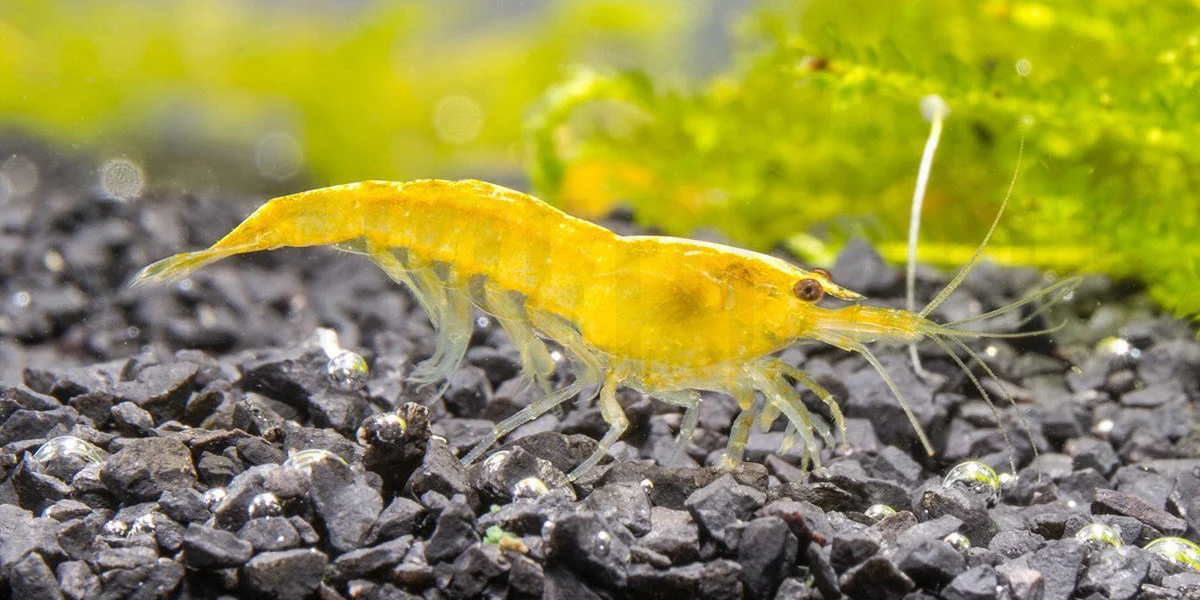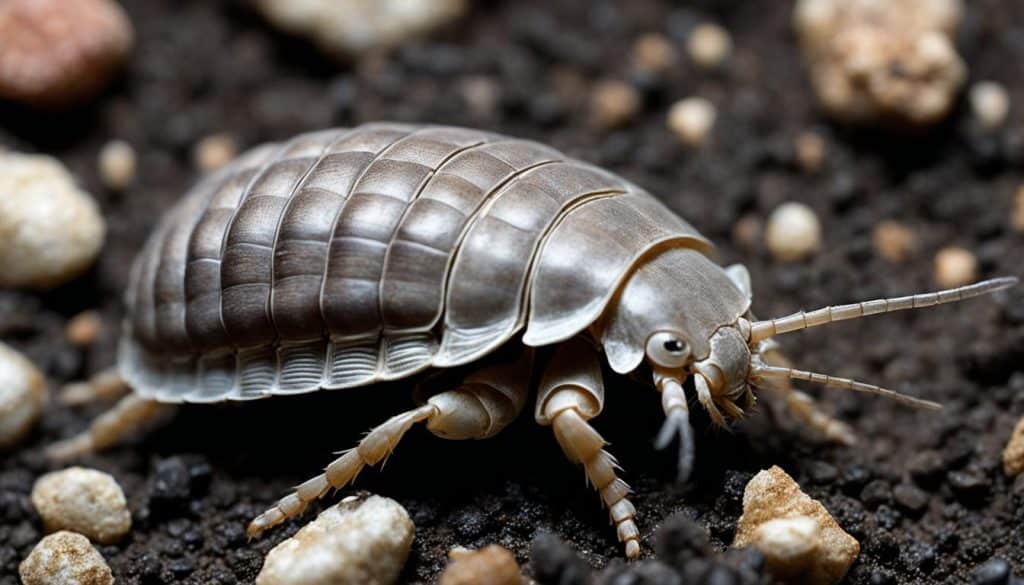An easy, step-by-step guide for budding aquarium enthusiasts
We’re thrilled you’re here—because if you’ve ever wanted to add a dash of sunshine to your aquarium, yellow cherry shrimp are the way to go. In just a moment, we’ll dive into why these little crustaceans are perfect for beginners and pros alike. You might be wondering… are they hard to look after? Spoiler alert: not really. We’ll promise you clear steps, honest talk about common hiccups, and practical tips you can use today. No jargon, no fluff—just truthful, helpful advice straight from hobbyists who’ve been there. Ready to add some colour and life to your tank? Let’s get started.
Preparing the Perfect Home
When you set up your tank, size matters—but don’t overthink it. A 10‑litre (2.6-gallon) tank is plenty for a small colony. Here’s what you need to know:
- Substrate: Fine gravel or sand gives them places to graze and hide.
- Plants: Java moss, Java fern, or any easy plant offers shelter and grazing surfaces.
- Filtration: A gentle sponge filter keeps the water clean without sucking them in.
The temperature should sit around 22–26 °C. If it dips too low, shrimp slow down. Too high? They stress out. A simple heater and thermometer combo makes it easy to keep them cosy.
Feeding and Water Care
You’re probably asking, “What do they eat?” The great news is they’ll nibble on biofilm, algae and any leftover fish food. But to keep them at their best:
- Offer sinking shrimp pellets once or twice a week.
- Blanched veggies like courgette or spinach make a tasty treat.
- Remove uneaten food after a few hours to avoid water spikes.
Test your water weekly. Aim for pH 6.5–7.5, ammonia and nitrites at zero, nitrates under 20 ppm. A small test kit goes a long way. Keep water changes at 10–15% every week. It sounds like a chore, but you’ll get the hang of it—and your shrimp will thank you.
Breeding and Behaviour
Believe it or not, breeding is straightforward. When conditions are right, females carry greenish eggs under their tails for about 30 days. You’ll spot tiny shrimp lets after that. Here’s how to boost success:
- Keep stable water parameters—no big swings.
- Offer hiding spots: moss mats or small caves.
- Feed nourishing foods: a pinch of spirulina powder now and then.
Watching a berried female (one carrying eggs) is a thrill. They’re busy little workers, cleaning and fanning the eggs until they hatch. It’s like having a micro‑sea adventure in your living room.
Troubleshooting Common Issues
Let’s be honest—shrink problems can happen. Are yellow shells turning dull? Check water hardness. Melting troubles? They need extra calcium—think crushed cuttlebone. Spot some shrimp lying on their side? It could be stress or poor water quality. In most cases:
- Double‑check that your filter isn’t too strong.
- Look for leftover food decaying at the bottom.
- Keep an eye on tank mates; fast fish may nip at juveniles.
A little patience goes a long way. If one moulting goes wrong, it may seem grim, but learn from it. Adjust your care, and soon you’ll see healthy shrimp lets darting around.
Bringing It All Together
We’ve walked you through each step—from setup to breeding basics—in plain, friendly terms. Now, it’s your turn to bring these ideas to life. We’re here to cheer you on, share tips and answer questions as you build your yellow cherry shrimp centrepiece. Ready to transform your tank into a vibrant micro‑world? Let’s dive in together and make your aquarium the talk of the town!
Call to Action: If you’re keen to learn more or need a hand at any stage, reach out—we love chatting shrimp care. Subscribe to our newsletter for regular updates, or join our forum to swap photos and stories with fellow enthusiasts. Let’s grow your shrimp colony, one happy shrimp at a time!










